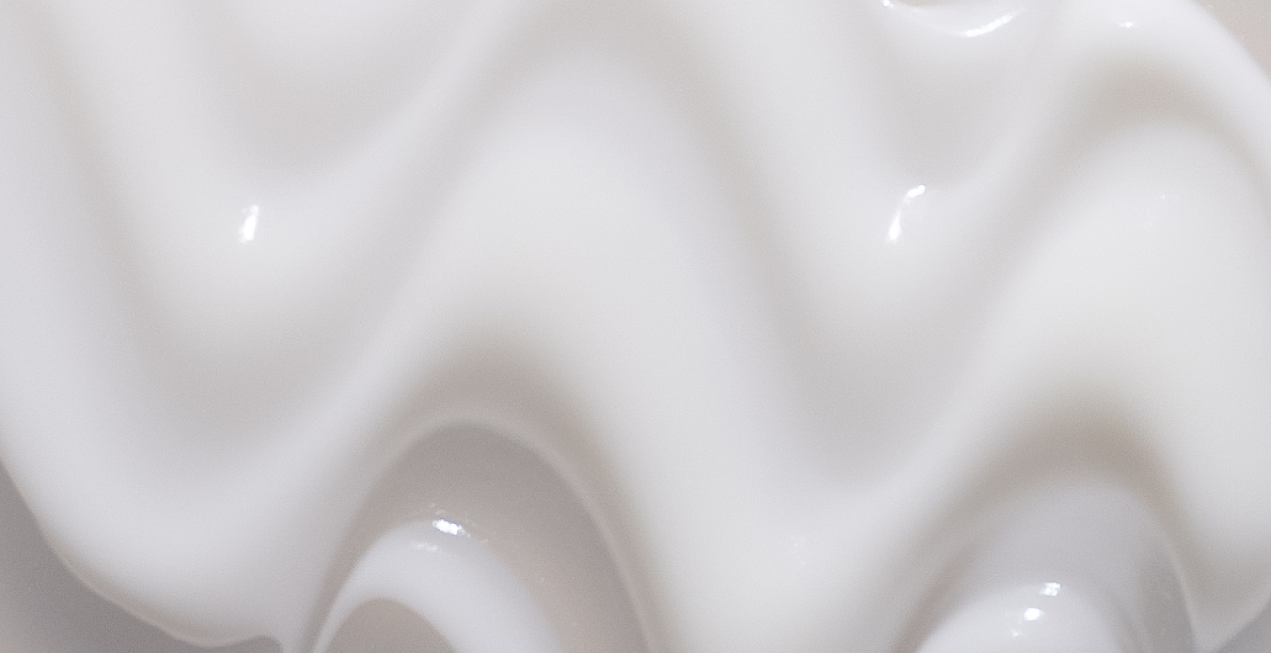What is Skin Cycling–And Should You Try It?

What is Skin Cycling & Should You Try It?
Between exfoliants, retinoids, and a serum for almost anything, designing your skincare routine can feel like a delicate balancing act. Too much? You risk irritation. Too little? You might not see the results you were hoping for. That’s where skin cycling comes in—a structured, cyclical approach to incorporating active ingredients into your skincare routine in a way that helps maximize benefits and minimize irritation.
Whether you’re new to skincare or a seasoned expert, skin cycling could be the key to the glow you’re after. Let’s break it down.
The Science Behind Skin Cycling & How It Works
The idea behind skin cycling is simple: instead of using powerful actives every night, you follow a four-night cycle—giving your skin the active ingredients it needs while allowing time for recovery as well.
This approach can help:
- Support your skin barrier (preventing over-exfoliation or irritation)
- Improve the efficacy of active ingredients (so your skin can actually benefit from them)
- Reduce redness, dryness, and sensitivity (especially if you’re new to the ingredients)
With skin cycling, you allow time for both treatment and repair—a balance that can lead to healthier, more radiant skin.
Who Benefits from Skin Cycling?
Good news: Skin cycling is a great option for almost everyone, but it’s particularly helpful if…
- You’re new to active ingredients, as it can help prevent the irritation that can come with introducing new actives into your routine too quickly
- Your skin is sensitive, as it reduces the risk of over-exfoliation and barrier damage
- You are prone to redness, dryness, or breakouts, as this structured routine allows your skin to heal
- You want to simplify your skincare routine, and commit to fewer steps each night while still seeing results
Step-by-Step Guide to Skin Cycling
A typical four-night skin cycling routine looks something like this:
Night 1 – Exfoliation
The goal here is to slough off dead skin cells so your treatments throughout this cycle absorb even better.
- Use a gentle exfoliant (like Microdermabrasion Facial or AHA Peel) to gently buff away dry, dull skin, and help fight discoloration
- Follow with a hydrating moisturizer (like Triple C Night Cream) to hydrate, rejuvenate, and soften skin
Night 2 – Retinoid
Time to bring in your skin’s favorite multi-tasker: retinoids. If you’re new to retinoids, check out this beginner’s guide.
- Apply a pea-sized amount of a gentle retinoid or retinol, like Super A Serum, to dramatically improve the appearance of sun-damaged, aging skin
- Follow with a hydrating moisturizer, like Triple C Night Cream or Face Cream for a lighter option
- Avoid layering other strong actives (like AHAs) on this night
Nights 3 & 4 – Recovery
Your skin needs time to repair—so give it a break from actives and focus on hydration during this time.
- Incorporate soothing, barrier-repairing ingredients like niacinamide, found in our Face Cream
- Consider layering with a natural facial oil (like Antioxidant Facial Oil) for added moisture
- Let your skin rest—this is where the magic happens!
Then, repeat the cycle!
Do’s & Don’ts to Avoid Over-Exfoliation
- Do: Listen to your skin—if it’s irritated, extend your recovery nights.
- Do: Always apply SPF (especially after exfoliation and retinoid nights).
- Do: Use gentle, hydrating ingredients on recovery nights.
- Don’t: Use multiple strong actives on the same night (exfoliants + retinoids can be too much together).
- Don’t: Skip moisturizer—hydration is essential to balance actives.
- Don’t: Assume more is better—skin cycling works because it gives your skin time to recover.
Is Skin Cycling Right for You?
If you’ve struggled with irritation from active ingredients or just want a simpler, more structured routine, skin cycling may be the game-changer you’re looking for.
Ready to give it a try? Start slow, stay consistent, and opt for natural, clinically-proven products.



